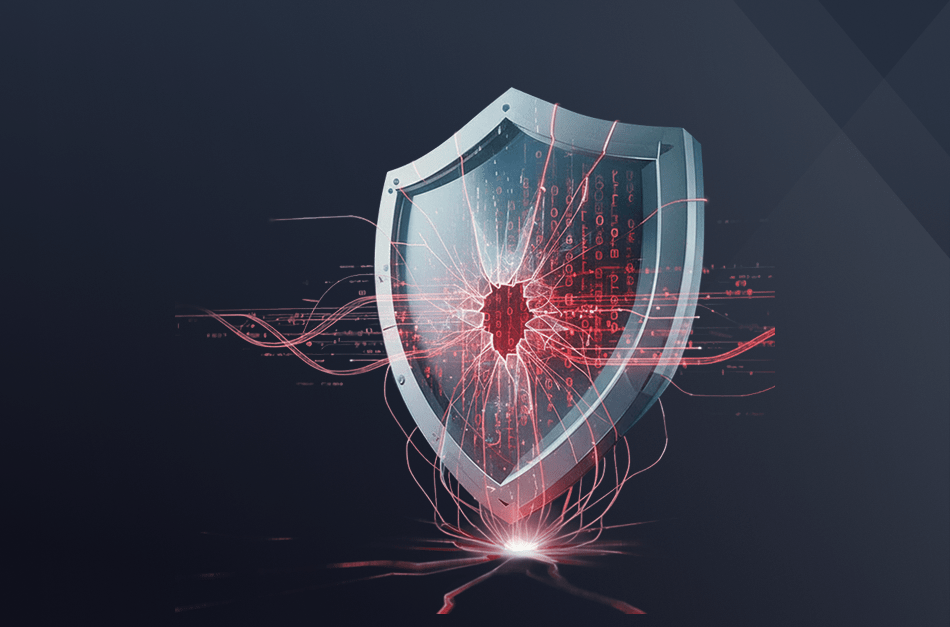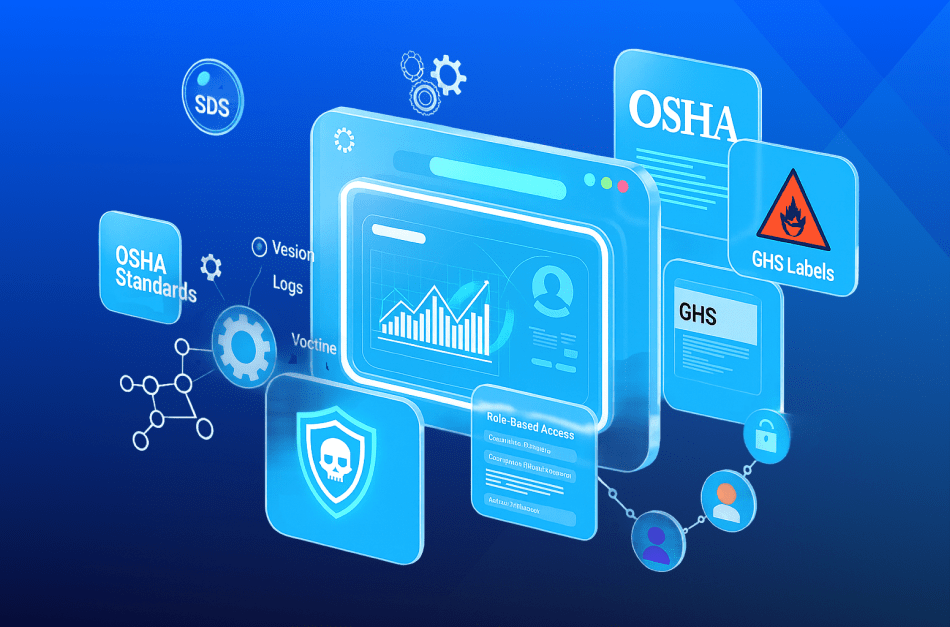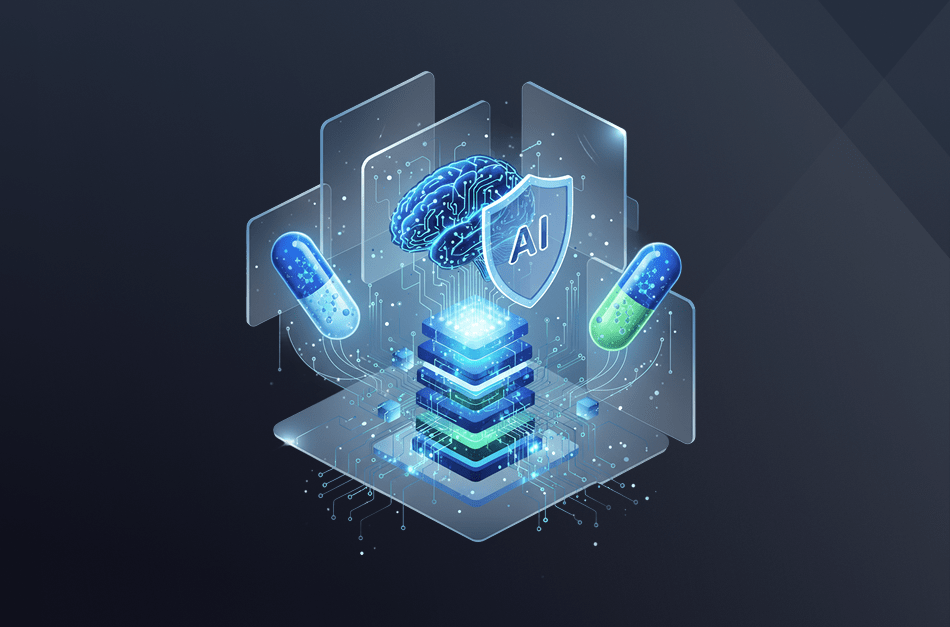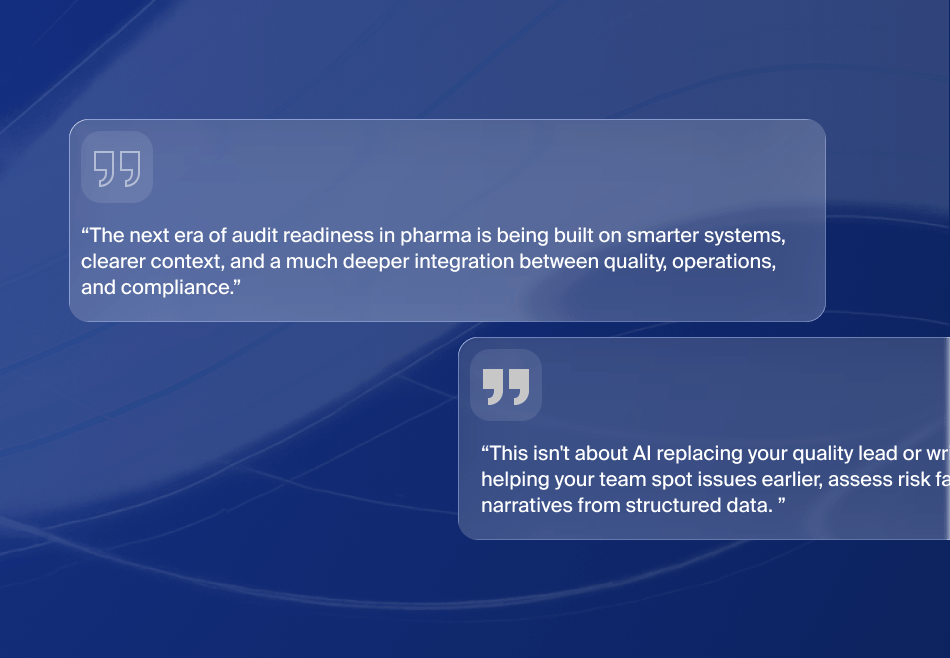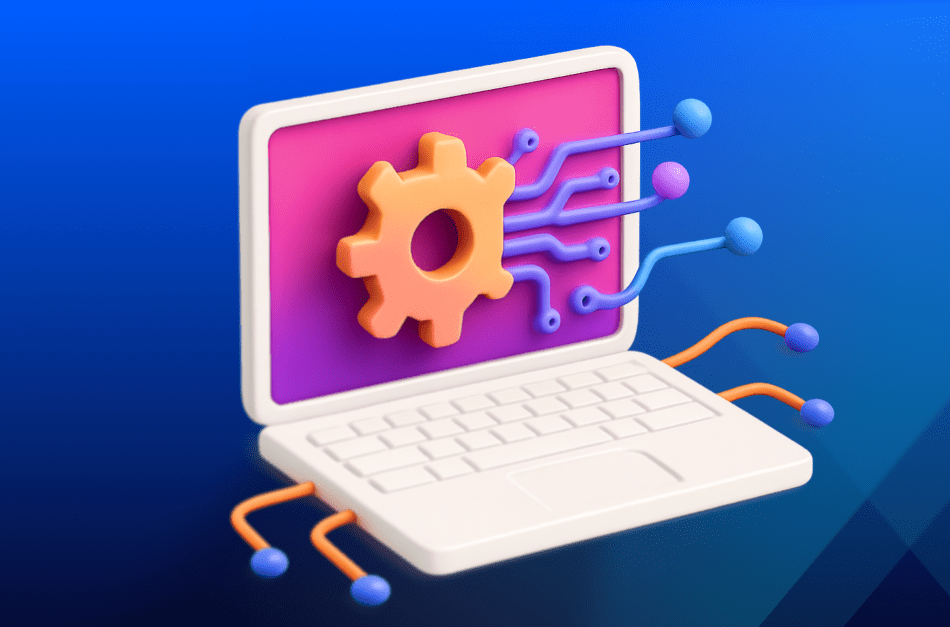At a Glance
- Chemical companies can unleash their business potential with end-to-end integration of digital technologies for manufacturing and distribution. Software for chemical industry has been met with enthusiasm as well as apprehension, given the multi-faceted and conventional nature of this sector.
- Digitization of systems, processes, and functions comes with challenges and chemical companies need to implement solutions to navigate them through them. Newer innovations and implementation strategies are the need of the hour to ensure chemical companies thrive in the market.
- End-to-end digitization for chemical companies will be a process filled with opportunities and hurdles. With a pre-planned blueprint, an organization can maximize the overall value from investment in digital technologies.
If one thing the ongoing Covid-19 pandemic has taught the world, it is the importance of being agile. The need for a digital transformation to cloud systems has gone up during the pandemic. Fast-growing companies rapidly transform into newer technologies that can help them grow. Your workforce may not be ready and may even resist the change. Leaders of rapidly growing companies set the right message that end-to-end digitization is the right step to set a company for success. Digital transformation will only help with day-to-day tactical work and despite the change management issues that need to be handled, changes in technology that drive progress are always best for an enterprise.
42%
of chemical company CEOs will prioritize digital operations and related technologies in the coming year.
Source: PWC, 23rd Annual Global CEO Survey
There is no denying that Chemistry 4.0 will undergo a digital evolution on the shop floor and other departments. End-to-end functions at a chemical company will improve by leveraging technology for collaboration, operation, and customer experience, all on a single platform. Here are some of the ways that digitization in chemical industry could help manufactures, researchers, distributors, and consumers:
- An R&D lab will be more efficient with integration tools that facilitate automation, machine learning and data analytics. Researchers can synthesize molecules in a controlled environment and replicate the results with exact precision.
- Manufacturers can scale up their production and optimize processes for enhanced efficiency and reduced operational costs.
- With the help of the right Enterprise Resource Planning (ERP) platforms and Supply Chain Management (SCM), manufactures can automate various processes, get real-time updates about inventories and can effectively manage coordination between multiple stakeholders.
- Digital innovations in the chemical industry can also help with better waste management and track environment health and safety data integrated into their ERP.
With the list of incentives being so persuasive, why are new technologies in the chemical industry met with apprehension? The answer lies in the conservative way of functioning within a chemical company coupled with varying safety regulations and guidelines worldwide. Let us have a look at some of the challenges in digital transformation within the chemical industry.
End-to-end Digitization: Challenges in the Chemical Industry
1.Where to begin?Many chemical companies struggle to strategize their digitization journey. Defining the companies’ goals and aligning them with the right technologies requires expert consulting and a clear vision from the C-suite executives. Often diving the digital transformation without a plan or the expertise leads to bottlenecks and unforeseen issues.
2.Upskilling of the Employees Newer technologies require training, practicing for error-free implementation and seamless operation. Upskilling employees from different functions to harness agility benefits from digital technologies can be a massive task for chemical companies. There are also issues related to training costs and addressing the behavioral resistance when it comes to change management.
3.Digitization in Silos Digitization in chemicals often happens in silos, given the multi-faceted, vast nature of a chemical manufacturing and distribution setup. However, when different functions or departments implement digital technologies without a centrally guided plan, the results will be different than what was expected from the technology. Multiple issues related to data discrepancies, systems incompatibility and process inefficiencies have been reported when the system is implemented without the right methodology.
So how should chemical industries look at end-to-end digitization? First of all, it’s important to remember that there’s no one-size-fits-all solution for every organization. Every chemical company needs to chalk out its roadmap when it comes to the adoption of digital technologies. However, certain industry best practices can help chemical companies make the journey towards digital transformation a smooth one.
Best Practices for Digitization:
1.Aligning Transformation Goals with Digital Technologies: Is your goal to improve your chemical manufacturing processes? Are you looking to digitize the entire supply chain? Is your focus more on customer relationship management? Answering these questions is an important step towards defining your goals to align them with the technologies. Organizations should also prioritize the goals to devise a phase-wise transformation plan for your chemical company.
2.Be Flexible and Dynamic: Any transformation comes with challenges that can potentially turn into dead-ends or cost-intensive pitfalls. During such scenarios, the digital transformation strategy needs to be flexible enough to pivot if required. This will leave room for accumulating changes without affecting the overall plan of digital transformation, the timeline and eventual outcome.
Figure: 1End-to-end Digital Transformation in Chemical Industry: Bird’s Eye View

3.Get Experts Onboard: Any company wide change requires experts who are qualified to drive change. The same holds for end-to-end digital transformation in chemical manufacturing. Getting expert consultants onboard will make the transformation process smooth and open doors to newer possibilities.
4.Be prepared for issues: Many digitally mature companies understand the issues that need to be reviewed and fixed when a new system is implemented. It is essential to keep track of issues as they occur due to data and process inefficiencies. Anticipating the risks through a risk analysis and a mitigation plan will help companies reduce the pain of post-go-live issues.
5.Go for a Phased Implementation Plan: Even though the eventual goal is end-to-end digital transformation, chemical companies should opt for a phased implementation plan. This helps in detailed planning for every phase and also prevents the process from becoming too overwhelming.
Business Scenario
Mitsubishi Chemical Holdings has expanded efforts to use measured data to operate its plants. The company has developed and is now using Real-time DB, a remote monitoring system across its chemical plants. “By using this system, Mitsubishi Chemical can analyze operating conditions when there are technical problems and also improve day-to-day plant operations,” says Masanori Karatsu, senior managing corporate executive officer at Mitsubishi Chemical Holdings. The company is evaluating digital technologies and IIOT in other areas, including working with customers on product and new businesses development.
Such a centrally planned and phased approach has been adopted across many chemical companies.
To sum it up, end-to-end digital transformation in a chemical company would require planning and an execution strategy. Despite short-term disruptions, this change would bolster the manufacturing processes and enhance profitability in the long run.
Key Takeaways
- Chemical companies have fierce market competition and digital technology for chemical companies can eliminate process and data inefficiencies that ultimately lead to better customer retention and stay ahead of competitors.
- A planned, phase-wise approach would help chemical companies get the most for their buck when going agile. Users need to be change agents instead of being change averse.
Get A Consultation To Begin Your Digital Transformation Journey.




